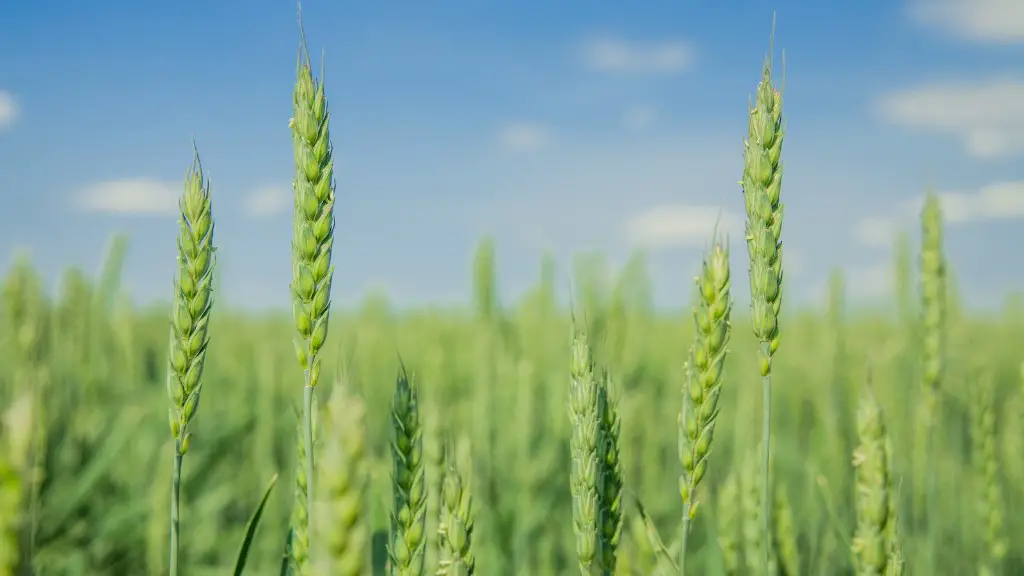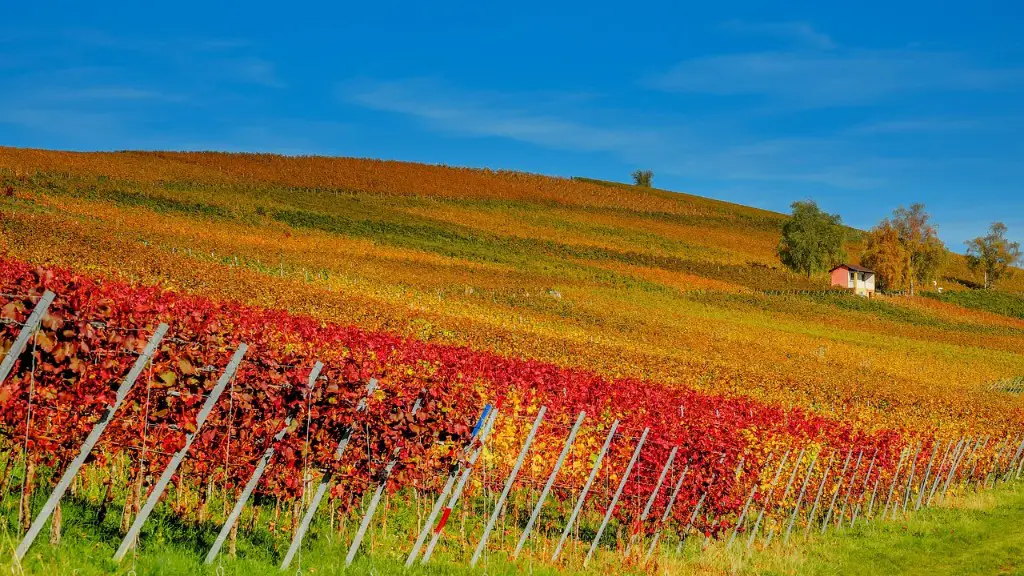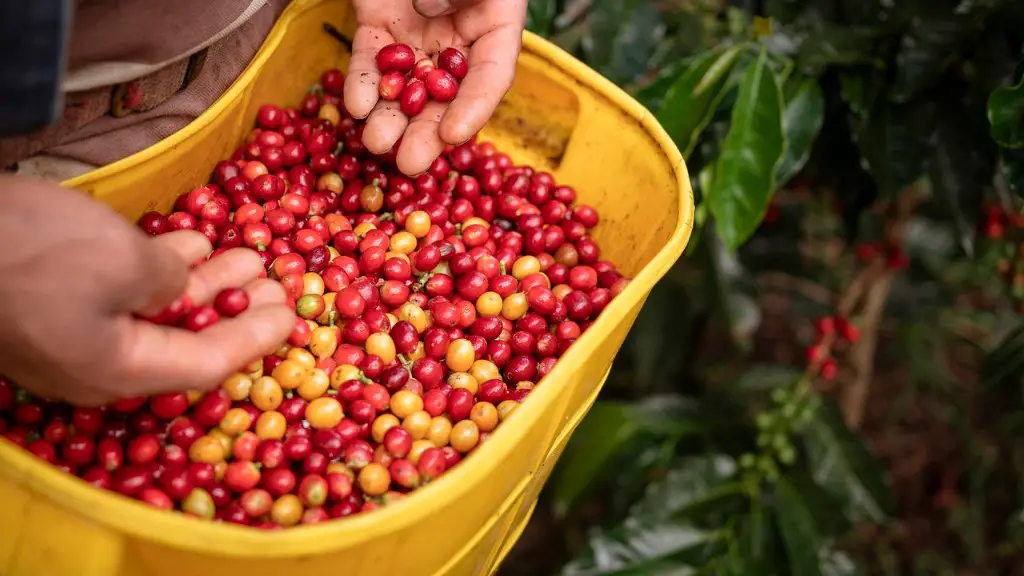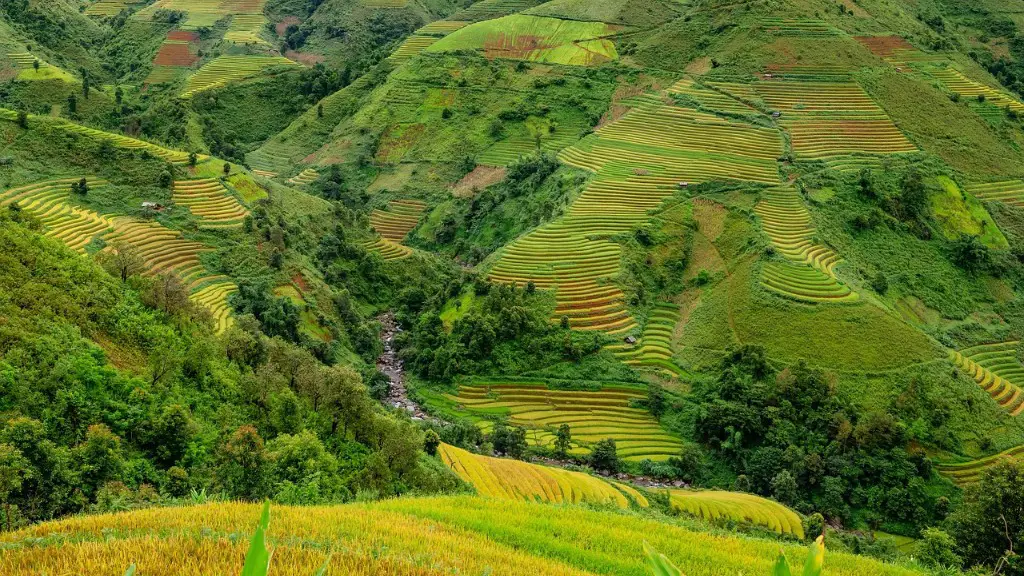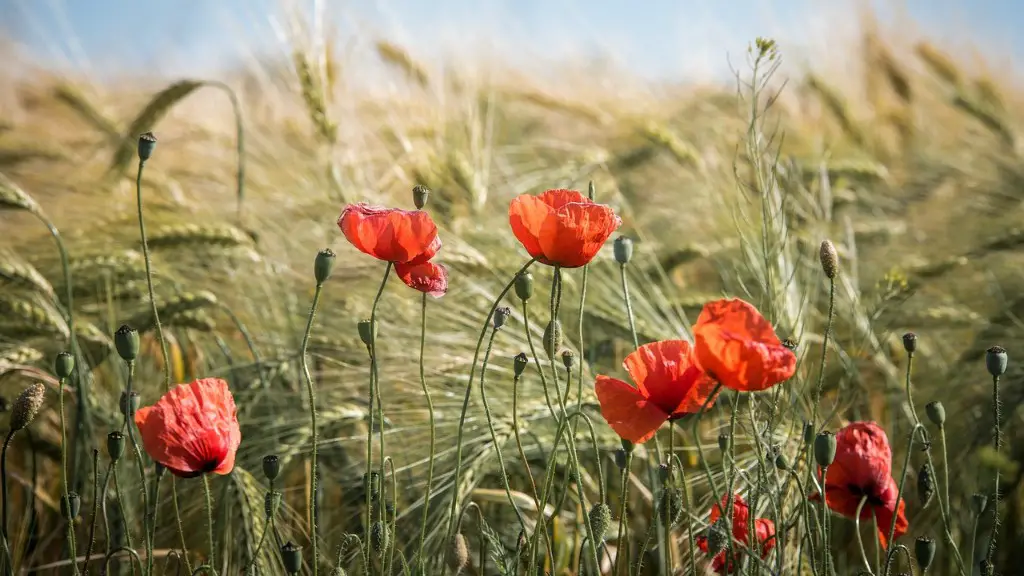Agriculture is the backbone of many countries’ economies and a key source of sustenance and livelihoods of millions of people. As such, there is a critical need to protect agriculture from threats such as climate change, interference from pests and disease, competition from other sectors, natural hazards and human interference. This article aims to discuss how to protect agriculture to help ensure that sustainable, nutritious and profitable food is produced for the world’s population.
The first step in protecting agriculture is to identify and reduce the risk of agricultural hazards. This includes reducing threats such as land degradation, water scarcity, pest and disease outbreaks, soil erosion and changes in agricultural practices. This can be achieved through enacting policies that promote sustainable agricultural practices, such as water conservation and agricultural diversification, in addition to encouraging research and the use of appropriate technologies. Education and awareness raising are also essential in order for stakeholders to understand the importance of protecting agriculture.
Another key element in protecting agriculture is to reduce dependency on non-renewable resources. This includes reducing the use of chemical fertilizers and pesticides, eliminating monoculture, and working to reduce harmful agricultural runoff. Additionally, farmers should invest in renewable energy sources, invest in rainwater harvesting and soil conservation, and adopt agroforestry systems.
The availability of financial resources is also critical in protecting agriculture. It is essential to ensure farmers have access to financial credit and grants in order to purchase agricultural inputs and technologies. Furthermore, governments should provide risk-sharing mechanisms to help farmers protect their investments in cases of extreme weather events or agricultural crop failure.
Enacting effective public and private sector policies are also key components of protecting agriculture. Governments should enact policies that promote more sustainable agricultural practices and help farmers adapt to climate change. The private sector should focus on developing innovative technologies and efficient supply chains to help farmers optimize crop yields. Ultimately, better regulations and stronger alliances between public and private sectors will be essential for protecting agriculture.
Community engagement and participation are also essential tools for protecting agriculture. This includes advocating for the rights of farmers, increasing public awareness on the importance of protecting agriculture, promoting responsible consumption and establishing effective regulatory systems on a local and international level. This will help to ensure that stakeholders are aware of their role in protecting agriculture.
Overall, protecting agriculture is a difficult but critical task. It requires a comprehensive approach that combines the efforts of multiple stakeholders. Governments, private sector, farmers and other stakeholders must work together to ensure that agricultural production is sustainable, nutritious and profitable for all.
Protecting agriculture from climate change
Climate change is one of the most pressing threats to agriculture, posing serious implications for food security and livelihoods worldwide. To protect agriculture from the effects of climate change, it is essential to incorporate strategies that reduce the risks of climate-related hazards such as extreme weather events, droughts, floods, and crop failure. This can be achieved through encouraging more resilient production systems and technologies, such as drought-resistant seeds, improved irrigation systems and climate-smart agriculture. Adopting sustainable farming practices and investing in renewable energy sources are also key components in protecting agriculture from the threats of climate change.
Governments must also provide farmers the support needed to adapt to the rapidly changing climate, through training and access to climate-friendly technologies and resources. This can be achieved through the implementation of innovative financing mechanisms and educational and awareness-raising campaigns. Furthermore, policies should be put in place to promote sustainable land management and ensure that farmers have access to the resources needed to successfully manage their production (eg access to water, improved agricultural inputs and conservation techniques). Finally, it is essential to raise public awareness and empower citizens to take part in efforts to protect agriculture from climate change.
Protecting agriculture from competitions
Competition from other sectors is also a major threat to agriculture, as non-agricultural activities can have a detrimental impact on agricultural production. To protect agriculture from competition, it is essential to enact policies that support the development of agricultural sectors, such as encouraging structural reforms, improving infrastructure, and strengthening value chains. Additionally, the private sector should be actively engaged in efforts to promote the development of agriculture, particularly in the areas of innovation, business models and technologies.
It is also important to promote partnerships between the public and private sector in order to facilitate the efficient transfer of expertise and resources. Agricultural policies should be focused on encouraging the use of new technologies, such as precision farming, which can help improve productivity and profitability. Governments must also ensure that farmers have access to affordable insurance and credit services, in order to help mitigate the risks associated with farming.
Governments must also improve public services, such as those that offer education and vocational training to rural communities. In addition, policies should focus on encouraging the growth of the local food economy, and ensuring that farmers have access to markets. Finally, it is essential to ensure that agricultural production is well-regulated and monitored, to ensure that only sustainable, profitable and nutritious food is produced.
Protecting agriculture from pests and disease
Pests and diseases are among the major threats to agricultural production, potentially causing significant losses in crop yields and the quality of agricultural products. To protect agriculture from pests and diseases, it is essential to invest in integrated pest management (IPM) systems, in order to reduce the use of chemical pesticides and to ensure that the environment is protected. This can be achieved through identifying and tracking pests, applying natural insecticides and establishing efficient sanitary and phytosanitary systems.
It is also essential to invest in research efforts and the development of new technologies, in order to develop more efficient and sustainable pest management strategies. Governments must also put in place policies that promote the use of organic farming methods and other alternatives to traditional chemical-based pesticides. Finally, public education and media campaigns can help to raise awareness on the importance of pest and disease management, and empower communities to take action in protecting agriculture.
Protecting agriculture from natural hazards
Natural hazards, such as floods, droughts, soil erosion and landslides, can also have a significant impact on agricultural production. To protect agriculture from natural hazards, it is essential to invest in infrastructure that can help reduce the impacts of such events. This includes building dams and embankments to reduce the risk of floods, re-establishing vegetation to reduce soil erosion and establishing efficient drainage systems for restricting water flow.
It is also essential to put in place policies that encourage the use of sustainable agricultural practices and technologies, such as the use of more efficient irrigation systems and agricultural diversification. Governments must also enact policies that provide farmers with the necessary support to prepare for and respond to natural hazards, such as access to financial resources and insurance services. Lastly, public awareness campaigns and education should be used to help empower and inform communities of the importance of protecting agriculture from natural hazards.
Protecting agriculture from human interference
The use of inappropriate technologies and human activities can also pose threats to agricultural production. To effectively protect agriculture from human interference, it is essential to ensure that the necessary regulations and enforcement mechanisms are in place. This includes enacting regulations that ensure the use of best practices in agricultural production, and enacting inspections to ensure that the regulations are being adhered to.
It is also essential to invest in public awareness and educational campaigns in order to inform stakeholders of their role in protecting agriculture. Furthermore, governments should encourage the engagement of private sector and research institutions in order to promote the development of new technologies and enhance the efficiency of agricultural production. Finally, stronger partnerships between public, private and civil society are needed to effectively protect agriculture from human interference.
